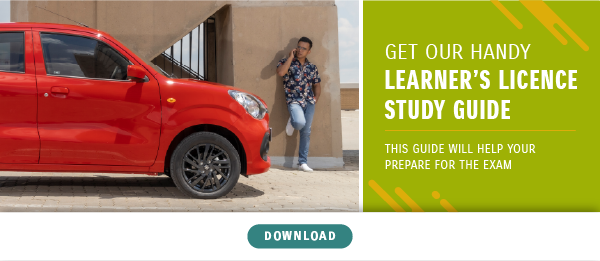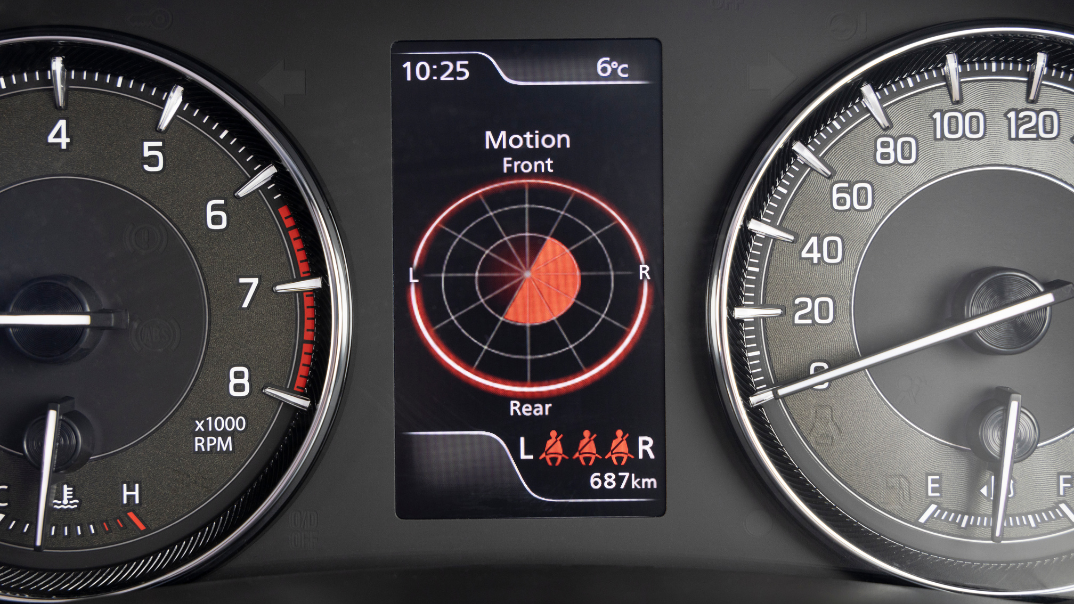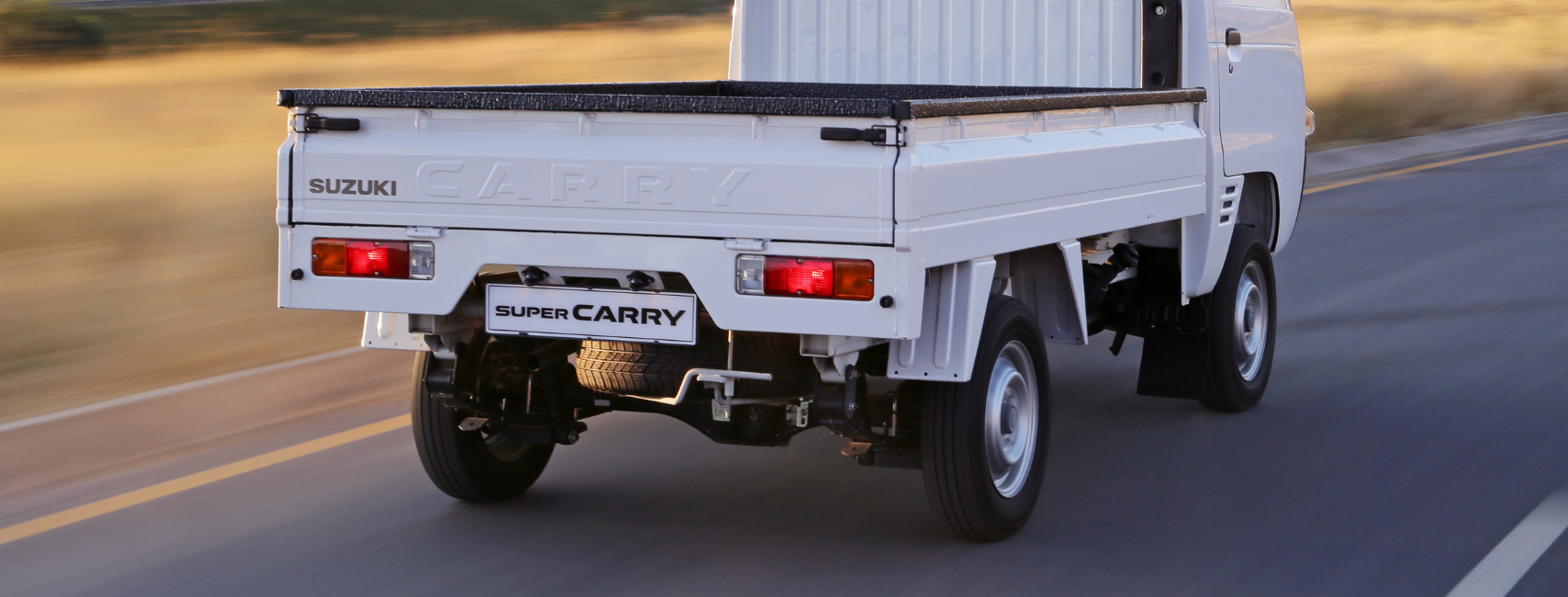Parking a car on a busy street or in an underground parking garage can be a daunting – possibly expensive – operation if not done correctly. Learning to park is easier than you think and these tips should help.
The ink is barely dry on your new driver’s licence and you have the keys to your new car. You have a sense of freedom and know the world is now your oyster – but, to get that oyster, you need to park your car safely in an environment you may not have encountered while practising for the K53 test.
There is also a good chance you used the driving instructor’s car to take the test, so the first step is to get properly acquainted with your new car by setting the seat, steering wheel and mirrors to the perfect position for you.
Modern cars have a wide variety of shapes, styles, and lines and this means it is not always possible to see the front or rear corners of the car so, with the driving position fixed, it is a good idea to take a walk around and look closely at the front overhang – how much the bodywork extends ahead of the front wheels – and again at the rear. Knowing, and judging this correctly, is vital in every step of the parking process.
Get a friend or family member to help you by standing at the outer edge of the car and moving from corner to corner so you can see from the driver’s seat where the car actually ends and what you are able to see in your rear view and side mirrors.
Stuart Johnston from AutoTrader wrote this helpful article which includes good advice on learning to park, we have included some of his advice below.
Keep a safe margin of the car’s edges in your mind’s eye
Once you have established the edges of your car, always allow for a margin of a few centimetres in your mind’s eye, so that you do not cut things too fine when attempting to squeeze your car into a tight parking space.
Check out how low the front bumper edge is
Another important point is to ascertain how low the front bumper is to the road surface. Many cars often receive damage to the lower edges of their bumper sections because people park their cars too close to the kerb, scraping the underside of the bumper and causing damage.
Adjust the mirrors
Adjust the mirrors of the car to help you park more easily. For normal driving, the wing mirrors should be adjusted to your driving position and enable you to see just a small portion of the extremities of the car at the rear. The rest of the view in the mirror should be given over to the outward rear view to the left and right of the car.
Mirrors can provide a distorted perspective regarding distance, particularly the wing mirrors. Again, it is a good idea to get a friend to give you an idea of the rear distance of the car's extremities that your mirrors show. Ask the friend to stand at each corner of the car, at the rear, and also in the middle, and check the image in the mirror so you can gauge how accurate that image in relation to the actual perimeter of the car the extremities of the car
When reverse or parallel parking you can angle the mirrors downwards to check the kerb proximity.
Mastering the art of parallel parking will make the other parking operations a lot easier. Here’s a great method to get it right every time:
Parallel parking
Get as close to the car in front of your bay as you safely can (careful of the wing mirrors) and line up the boot of the parked car with your ‘B’ pillar. Lock the steering wheel hard left and back slowly into the space while watching the driver’s side wing mirror. As soon as the pavement comes into view in the wing mirror, brake, full lock to the other side, and back up slowly until the vehicle straightens itself perfectly in the bay.
When you start the reverse movement, remember the nose of your car will move to the right and into traffic, so always check for both oncoming cars and those trying to squeeze past from behind because they are too impatient to wait for you to finish.
Once in the bay, straighten your wheels or turn them towards the curb if you are on a hill.
The easiest form of parking is driving straight into an open-air shopping centre parking space. It is a useful exercise to go to your nearest shopping centre when it is not busy and to practise this a few times – ensuring you can easily position the car centrally between the lines demarcating the bay while ensuring you do not go over the line at the front or bump into the kerb.
Drive into the bay and, before turning off the engine, ensure your steering wheel is centered and the wheels are straight.
When reversing out of the bay, check for traffic and then move in a straight line until the nose of your car is just past the bumper of the car parked next to you. Only then, begin to turn the steering wheel. Car guards do provide a useful service by offering directions so watch their signals as well.
Going underground
Undercover parking lots at shopping centres, airports and the like are notorious for having the smallest possible width for the parking bays. While many people avoid the bays next to a pillar, this can be an advantage.
If you reverse into one of these bays, it will give you additional room on the driver’s side to open the door without hitting the car next to you. Moreover, if you park close enough to the pillar, it creates extra room on the other side, reducing the chances of the owner of that vehicle damaging your car.
When you spot the parking bay you want, go halfway past the opening and turn the steering to the right to give yourself a better ‘approach angle’ and turn back to the left just before you stop. This will help you ease backwards into the waiting slot. Use your mirrors to locate the white line demarcating the bay and ensure you straighten the steering early to avoid hitting the pillar.
Alley docking
Alley docking is angled parking and usually involves entering the bay nose first. The main item of importance here is knowing your car – it will be at an angle and this means one side will be closer to the front kerb than the other (usually the passenger side). It is easy to forget and be watching the driver’s side and bang into the kerb.
Cameras
Some cars today come fitted with reverse cameras and these are a great aid to parking. However, a dusty or rain-soaked road can throw up enough dirt to obscure the lens, so practising parking without the camera is a wise move.
Also, you should practise in a safe place using the camera to understand the markings it shows and how they relate to the movements of the steering wheel.
Anyone from first-time drivers can learn something new in our Learner's Licence Study Guide download it now.
For more handy tips to keep your car running at its best, make sure you subscribe to our blog. We’ll send you all of our latest expert advice straight to your inbox.




